Fuel Tank
From the Blog
-

Top Bulk Gasoline Tanks for Commercial & Industrial Use
Running a fuel-dependent business? A top-notch bulk gasoline tank can make all the difference. A gasoline tank is not just a storage solution—it’s the foundation of your fuel operations. It keeps fuel in one place, so businesses don’t need frequent refills. Bulk gasoline tanks for commercial and industrial use are high-capacity storage systems built to…
-

What Is A Fuel Transfer Tank?
Industries like agriculture, construction, and transportation need a reliable fuel supply to survive. Running out of fuel at a critical moment can mean delays, lost productivity, and costly downtime. That’s where fuel transfer tanks come in. These tanks provide a safe, efficient, and mobile solution for storing and dispensing fuel directly where it’s needed, eliminating…
-
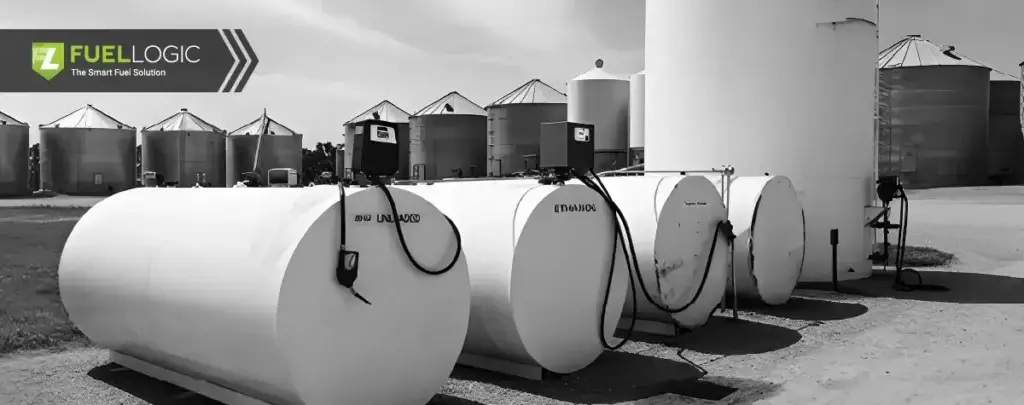
Common Fuel Tank Problems and How to Fix Them
Picture yourself driving on a highway and suddenly being stranded due to a fuel leak. Fuel tank issues are a more common problem than you might think. Globally, 11% to 42% of fuel systems have problems that allow water to enter the tank. In the worst case, fuel tank issues can lead to engine failures,…
-
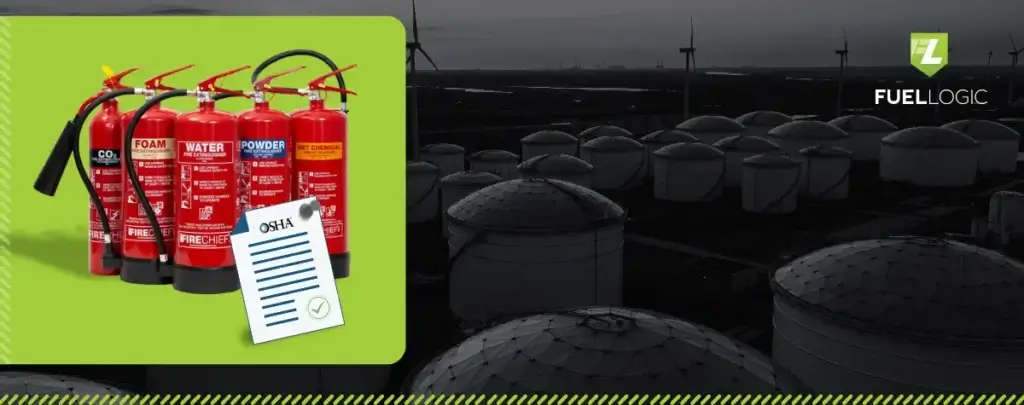
What Are The OSHA Fuel Storage Requirements
Handling and storing fuel at work is risky — Incorrect storage and fuel transfer can cause fires, property damage, and severe injuries. OSHA regulations aim to reduce fire risks and promote safe handling of flammable fuels during storage. One must understand and follow proper techniques to reduce these dangers and handle fuel safely. Safety training…
-
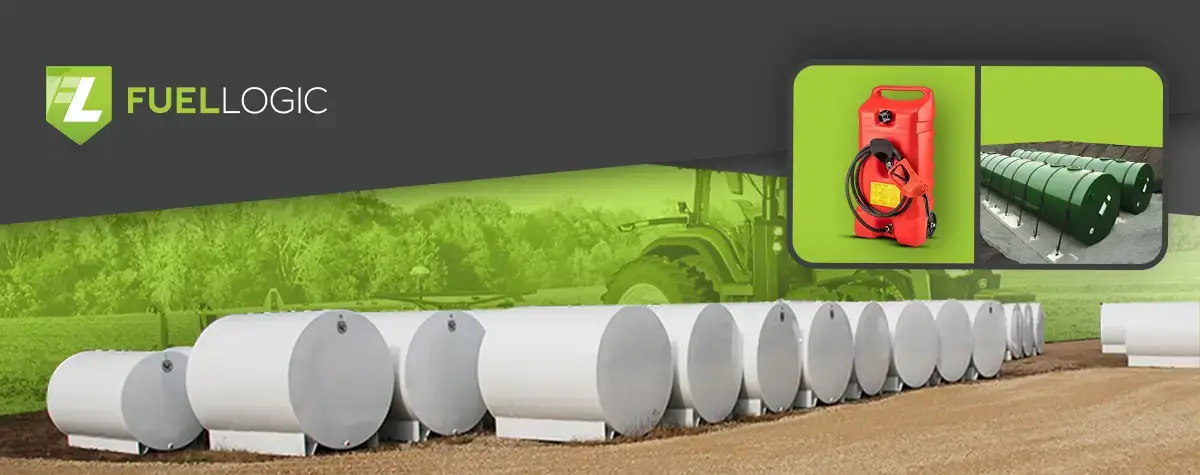
What Are The Different Types of Fuel Storage Tanks For Farms?
As the demand for efficiency grows, consumers, especially farmers, seek ways to save time. Farmers want to spend more time working in their fields to make more money, so they’ve been using bigger equipment to get their work done faster. Eventually, they need more giant fuel tanks to keep these larger machines running, which is…
-

Above Ground vs Underground Fuel Storage Tanks
Fuel storage tanks play a crucial role in various industries, serving as essential reservoirs for storing gasoline, diesel, and other petroleum products. Above-ground storage tanks (ASTs) are typically simpler and more cost-effective to install and maintain compared to underground storage tanks (USTs); however, they are also more vulnerable to damage and vandalism. When considering fuel…
-
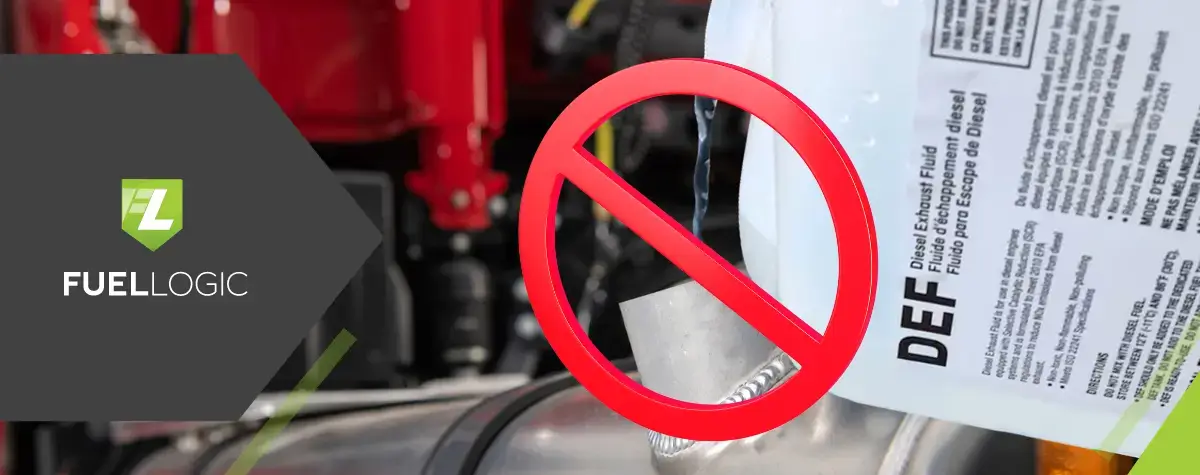
DEF in Diesel Tank: What You Need To Know
Diesel Exhaust Fluid (DEF) plays a crucial role in ensuring the optimal performance of diesel engines while adhering to environmental standards. Familiarity with the intricate functions of Def in Diesel Tank is not only instrumental for optimizing engine performance but also for ensuring compliance with stringent emission standards. Adding DEF (Diesel Exhaust Fluid) to a diesel…
-

Water in Gas Tank Symptoms and Solutions Explained
Whether you are in charge of construction vehicles, running a bunch of stores, or handling farm operations, one annoying problem we all face is water getting into our car’s gas tanks. We understand that having water in your gas tank can cause various engine problems but don’t worry, as we will discuss later how you…
-

What Is Quality Fuel and Why Is It Important?
From gasoline to diesel, fuel quality plays a critical role in the operation of vehicles, machinery, and equipment. It encompasses various factors such as purity, energy content, absence of contaminants, and compliance with regulatory requirements. In various industries, the use of high-quality fuel is essential for ensuring the efficient operation of processes and equipment. Reliable fuel quality…
-
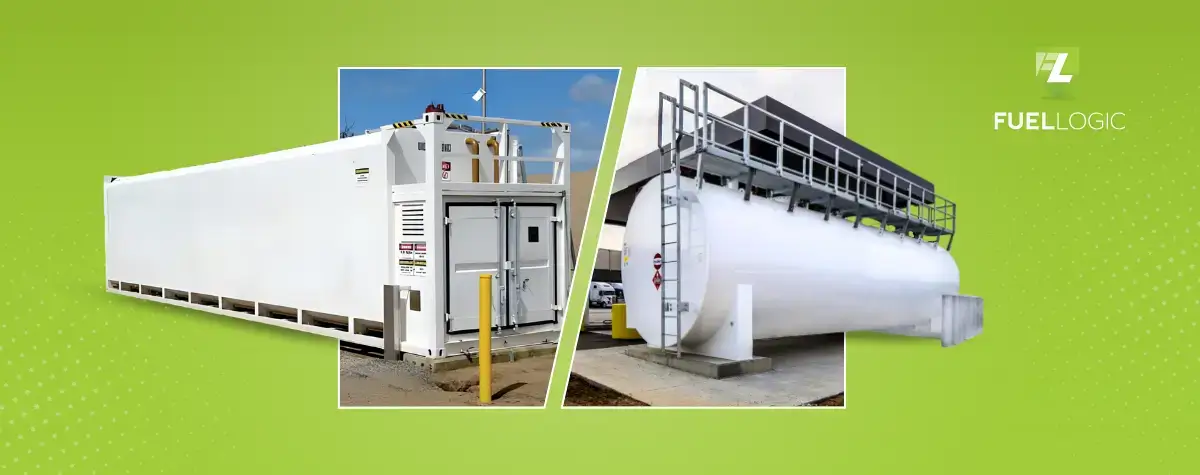
Cube Style or Cylindrical Fuel Tank: What’s the difference?
Selecting the right fuel tank is crucial for various applications as it directly impacts efficiency, safety, and cost-effectiveness. When comparing cube style or cylindrical fuel tanks, several factors come into play, with considerations such as space, cost, and specific usage requirements playing a significant role. Although cylindrical tanks are being predominantly used in the industries, cube…
